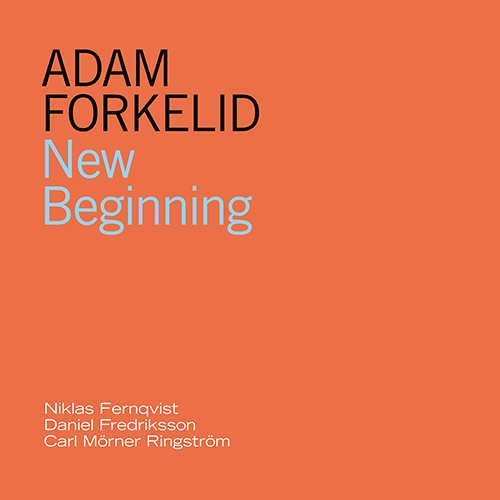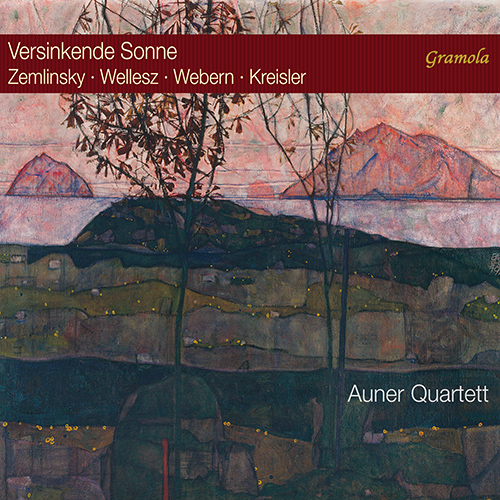In addition to its own wide-reaching monthly new releases (see www.naxos.com/newreleases.asp), Naxos also distributes several leading labels in many countries around the world. Here is a choice selection of recent releases from some of these distributed labels.
Gramola was founded in Vienna in 1924 as an Austrian offshoot of the Czech/British record producer of the same name and has been active since then in all areas concerning classical music. Gramola initially focused on the great composers of Viennese Classicism, such as Haydn, Mozart, Beethoven, and Schubert. In recent years, the focus has shifted to CD production, the promotion of young Austrian musicians, and, in collaboration with Exilarte, the preservation of works by the exiled and murdered Austrian composers. With more than 50 new releases a year, Gramola is recognised as Austria’s top classical music producer with the highest production rate in the country.
This two-album set contains four different kinds of iterations of the Viennese spirit: Duets, Lieder, dialect literature, and Schrammelmusik, all of which stem from the vineyard that is Vienna and all of which, for all their variety and different flavour, stand for what makes Vienna, musically speaking. It’s a fortuitous confluence of circumstances when a celebrated operatic bass like Günther Groissböck and a likewise popular tenor like Karl-Michael Ebner develop a friendship and discover their mutual love for Wienerlied, Vienna’s unique musical and socio-cultural phenomenon. Even more so, if this leads to an album production like the one at hand, which additionally features spoken interludes – witty but also pointed, biting, and sarcastic Viennese poems by Trude Marzik, Josef Weinheber and H.C. Artmann read with great charm by Christoph Wagner-Trenkwitz – as well as captivating instrumentals by the Philharmonia-Schrammeln.
As one of the most significant Late Renaissance composers in the German-speaking world, Hans Leo Hassler represented a perfect implementation and continued development of various forms of vocal music, from secular madrigals and canzonettas through to sacred motets, masses, and much more. The present collection comprises a selection of some of his better-known, as well as some less frequently heard, sacred works, including Dixit Maria, Beata es virgo Maria, Litaniae Lauretanae Beatae Mariae Virginis, and Magnificat octavi toni. In his Missa octo vocum, the mass for eight-part double choir, Hassler follows the sequence of the Catholic Mass with its six parts that comprise its ordinary: Kyrie, Gloria, Credo, Sanctus, Benedictus, and Agnus Dei.
This third release in Capriccio’s Bruckner Symphonies Edition features the Symphony in D Minor (Die Nullte) performed by the Bruckner Orchestra Linz under Markus Poschner. Although the work did not belong to the corpus of nine numbered symphonies which the composer had identified in his will as worthy of preservation in the Imperial Library, and for which he is best remembered, he did not destroy it. He was hoping, perhaps, to ensure that future generations would assess the symphony in what he considered its proper perspective, having written annotations at various places in the manuscript: ‘invalid’ [ungiltig], ‘completely void’ [ganz nichtig] and ‘annulled’ [annuliert].
Johann Baptist Vaňhal was one of Haydn’s most important contemporaries. His symphonies in particular were widely admired throughout Europe, with music historian Dr Charles Burney reporting that Vaňhal’s symphonies were known in England before those of Haydn. The finely wrought works in this recording include the Symphony in F Minor, considered one of his best in this genre, and the Symphony in C which was highly popular in its day. All of these works illustrate Vaňhal’s sophisticated mastery of musical structure, imaginative handling of the orchestra, and a profusion of memorable themes.
These Bavarian Radio recordings, first released in 2005, constitute Rudolf Serkin’s third and final edition of the Complete Beethoven Piano Concertos, and were the only performances to be recorded in the concert hall, not in the studio. As such, they fittingly complete both his discography and his artistic legacy as one of the 20th century’s indisputably great pianists.
This jewel case presentation, complete with booklet notes in German and English, is a re-release of the original 3-CD box set that went out of stock following healthy sales.
Although Mozart’s five violin concertos represent only a very small part of his output (when compared to the 27 piano concertos and the 41 symphonies), they nevertheless belong to the core repertoire of all violinists. As with his piano concertos, Mozart’s violin concertos were all written in his younger years and are built on a constant dialogue between the solo instrument and the orchestra. Even in the first concerto, the violin is integrated into the orchestral texture, which in itself is much more than a mere accompaniment.
Gil Shaham, one of today’s foremost violinists, creates gems of performances with these works. He is accompanied by the SWR Symphony Orchestra under Nicholas McGegan, who is renowned for his expertise in historically informed performance style.
For her recording debut, Jana Šrejma Kacírková has chosen a relatively little known and rarely recorded repertoire of songs by Czech 20th-century composers, mostly on Czech and folk texts. The song cycles, as well as individual songs she has picked, were written during a period of nearly 70 years, beginning in 1907 when Otakar Zich’s oldest cycle Písne a písnicky (Songs and Ditties) was written, and spanning to 1973 when Zdenek Blažek composed Sedm písní v lidovém tónu (Seven Songs in Folk Tone). Jana Šrejma Kačírková was born in České Budějovice. In 2006, she graduated from the Prague Conservatory. During her studies, she won a number of awards at the Antonín Dvořák International Singing Competition in Karlovy Vary.
In society music, or Gesellschaftsmusik, to which a large part of Franz Schubert’s lied oeuvre belongs, polyphonic vocal compositions became very fashionable in around 1800 as part of bourgeois musical culture and communal singing. Some of the composer’s best-known songs for men’s or women’s choir with piano are collected in this Schubertiade, including the gently swaying barcarole Der Gondelfahrer, in which Schubert evokes the glitter of moonlight on the Venetian canals, or the Ständchen, which was written as a birthday serenade. One of his five settings of Mignon’s Nur wer die Sehnsucht kennt from Goethe’s Wilhelm Meister was written for five-part male choir – a special feature here among his polyphonic songs is that Mignon’s tormented soul is expressed through a differentiated harmony and refined treatment of the text. A prominent position among Schubert’s religious pieces that were not intended for the church is occupied by Mirjams Siegesgesang where the male and female choirs finally unite and embody the Israelite people. The choir answers to a solo soprano as the precentor. This large-scale work depicts the exodus of the people of Israel from Egypt, with the prophetess Mirjam at their head; her three-movement hymn of praise leads into an impressive choral fugue.
An interesting and goliardic representation of Bologna at the beginning of the seventeenth century is proposed to us by the Dramatodia theatrical company directed by Alberto Allegrezza and with the participation of Enrico Bonavera. The theme is the Carnival, the texts are by the storyteller, writer and poet Giulio Cesare Croce and the music by the brilliant and non-conformist Olivetan friar Adriano Banchieri. The irresistible combination formed by these two authors stages an irreverent and paradoxical triumph of hyperbole, satire, jokes and double meanings, which find their expression – at the same time popular and artistic – in the dramaturgic representations linked to the commedia dell’arte and in the musical forms of the time such as the villanella, the canzonetta and the ballet.
Hans Abrahamsen’s Schnee (2008) is a gorgeous marvel which encapsulates winter. The instrumental cycle, already a classic of the twenty-first century, comprises a set of ten canons making up an hour of ghostly, feathery music. There is no hurrying, but great depth. As Abrahamsen says: ‘In Schnee, a single moment is stretched as far as possible. At some point, the music disappears. There is just a breath of air left’.
Schnee has acquired nearly cult status as a central work in the production of the Grawemeyer Award and Léonie Sonning Music Prize winning composer Hans Abrahamsen. The album is recorded by the Lapland Chamber Orchestra, conducted by John Storgårds.
The four quartets by Chapí burst like a fresh breeze in the Spanish chamber music landscape. Chapí brilliantly funnels the colour and purely Spanish drama of the zarzuela into the almost abstract and Central European genre of the string quartet. String Quartet No. 3 could well be subtitled Tragic Quartet. Here’s a work of a stormy nature, containing atmospheres of drama, anguish and loneliness. String Quartet No. 4 in B Minor was premiered by the Cuarteto Francés on 22nd February 1907 and was dedicated to Manuel Manrique de Lara. That evening’s printed program mentioned, ‘Without resorting to specific popular forms, the composer manages to give his work a genuinely national character, picturesque and free, dressing his thoughts with rhythms and procedures of natural and traditional harmonies. The form matches, in general terms, that of a traditional string quartet but, within it, the composer is able to transit with absolute independence, and present the thematic elements according to his phantasy and the whims of his temperament.’
This album is pianist Peter Jablonski’s third solo album for the Ondine label. In this album, Jablonski represents Grazyna Bacewicz’s (1909–1969) dazzling piano etudes and piano sonatas which are hardly known outside of her native Poland. Jablonski’s piano albums have received an enthusiastic response and his previous album release received Editor’s Choice from the Gramophone magazine.
In recent years, the music of Grazyna Bacewicz has been enjoying an ever-increasing popularity in concert hall programmes. Bacewicz was a major Polish composer and a versatile musician: a child prodigy violinist, she was also an accomplished pianist. As a composer, she is known for her inventive, complex, and original musical language, and particularly many of her works for violin are well known. Her music displays many characteristic traits of the twentieth-century that are to be heard in the writings of Prokofiev, Shostakovich, Bartók, and Lutosławski, among others. Jablonski’s piano album covers only eight short years during which the works presented here were composed and brings together, for the first time, both piano sonatas, and both sets of etudes. Sonata No. 1 for solo piano was composed in 1949 but waited over seventy years until Peter Jablonski edited it for PWM for publication.
The published works of Semyon Alexeyevich Barmotin (1877–1939) date from a particularly rich flowering of Russian culture that preceded the Revolution of 1917. From the Romantic expansiveness of the Piano Sonata, Op. 4 to the colourful and reflective Tableaux de la vie enfantine, the attraction of Barmotin’s piano music stems from his spirited artistic personality, the refinement of his harmonic language and mastery of form. Christopher Williams continues his acclaimed rediscovery of a composer who allows the emotional character of each musical moment to flourish.
In creating his debut single for Cantaloupe Music, artist and producer Rohan Chander drew early inspiration from a documentary about young shut-ins in Japan. The Tragedy of Hikikomori Loveless, recorded under his AIYYER alias with Bang on a Can All-Stars pianist Vicky Chow, expands on themes of isolation into a robust science fiction narrative, contemplating the composer’s experiences of body dysmorphia, synthetic identity, and fascination with biotechnology.
Part of a larger work entitled Final Skin, the single merges hyperspeed MIDI sequences and sampled elements with electronic keyboard washes and textures, fully engaging Chow’s performative physicality to create a sound environment with roots in hyperpop, classical, avant-garde improvisation and video game scores, all with references to artists ranging from John Cage to Space Afrika.
Eugène Ysaÿe conceived the idea of writing a cycle of Six Sonatas for solo violin during a concert of music by Bach in July 1923, while listening to his great contemporary musician Joseph Szigeti. Over the next twenty-four hours, Ysaÿe locked himself in his room, instructed not to be disturbed except to receive his meals, and sketched out the six pieces that would become his Op. 27.
A glance at the sonatas is enough to grasp the signs of a precise plan, which stemmed from the desire of a virtuoso to demonstrate his artistic and technical virtuosity. These sonatas place Ysaÿe on the level of Bach and Paganini. These are particularly complex and demanding pieces for the player, yet for those who can hear them comes the opportunity to experience the music of incredible brilliance and power. These six sonatas mark Ysaÿe’s most innovative achievements in the music of his time.
‘Johann Sebastian Bach’s Brandenburg Concertos rank among the most popular works of Baroque music, just like Antonio Vivaldi’s Four Seasons. To mark their 300th anniversary in 2021, Accentus Music recorded the Brandenburg Concertos in Köthen Castle’s restored Hall of Mirrors with Collegium 1704 on historical instruments. Founded by Václav Luks in 2005, the orchestra is one of the most renowned ensembles specializing in baroque music of our time. Given the great stylistic and structural diversity of these concertos, Collegium 1704 is the perfect choice to record this production at this historic location.’ – IMZ
Kasper Holten’s 2014 production of Don Giovanni for the Royal Opera offers a glimpse inside the mind of one of opera’s most notorious seducers. With a spectacular revolving set by award-winning designer Es Devlin, ingenious video projections by Luke Halls, and an ‘ideal cast on world beating form’ (The Independent), this staging brings Mozart’s dazzling score to life, in all its wit, glamour, and darkness.
Idomeneo is considered as the first of the seven uncontested masterworks of Mozart’s dramatic oeuvre and it is perhaps even the most revolutionary and forward-looking of his work. In ‘Kasper Holten’s coherent production’, (Die Presse) Bernard Richter was ‘a cultivated bright tenor with beautiful expressive moments’ (Kronen Zeitung). ‘Valentina Nafornita performed the role of Ilia with passion and reached every height with ease and Irina Lungu portrayed Elettra as a great tragic figure and unfolded her soprano with verve in the final aria’ (Kurier). Conductor Tomáš Netopil provided with the orchestra ‘gripping moments from the virtuoso overture onwards’ (Kronen Zeitung)
An emancipated slave, the Chevalier de Saint-George managed to elevate himself to the highest spheres of the enlightened 18th-century French society, thanks to his incredible accomplishments as a fencer, horseman, and musician. From the Guadeloupe where he was born, to Paris and Versailles where he made a name for himself, to Lille that he defended against the royalists during the French Revolution, he quickly became one of the most important characters in both the musical and the military scenes. Through his compositions, testimonies from specialists and secrets shared by some of his best interprets, this film narrates his extraordinary adventures.
Giuseppe Verdi travelled to St Petersburg in 1862 to premiere La forza del destino, which had been commissioned by the city’s Imperial Theatre. The source material appealed to the composer’s sense of tragic intensity and the ruthlessness of destiny. The local audience was accustomed to 18th-century Italian opera as well as French grand opéra, and the resulting work is a synthesis of aristocratic drama and popular comedy. In 1869, he revised the work so that it ends in death and transfiguration. This critically admired production of the revised version is conducted by Zubin Mehta, in a new staging that was ‘enriched by some brilliant artists’ (Lyric Opera Journal).
Riccardo Zandonai’s Francesca da Rimini is a four-act opera set during the Renaissance period. The plot concerns an arranged marriage between Francesca and Giovanni, also known as Gianciotto, who is impersonated by his handsome brother Paolo, and with whom Francesca falls passionately in love. Sometimes referred to as the ‘Italian Tristan’, the opera ends in betrayal and a double murder. The production of this rarely performed opera from the Deutsche Oper Berlin proved to be a huge critical success.
This exciting quintet of young Scottish Gaels, DLÙ, are winners of the ‘Danny Kyle Open Stage 2018’, and were nominated for the MG Alba Scots Trad Award, ‘upcoming artist of the year’, in 2019. Their debut album, Moch, champions the Gaelic language and culture while blending progressive arrangements, eclectic musical influences and youthful energy. The result – face-paced traditional Scottish tunes with funk, rock and pop – a sound that is uniquely their own.
Adam Forkelid, born in 1979, is one of Sweden’s most sought-after jazz piano players. He has played and recorded with many of the most prominent Swedish jazz musicians, including saxophone greats Joakim Milder, Karl-Martin Almquist and Magnus Lindgren, trumpeters Peter Asplund and Jan Allan, trombonist Karin Hammar, drummer Magnus Öström, bass player Georg Riedel and some of the great Swedish vocalists, including Rigmor Gustafsson, Victoria Tolstoy and Christina Gustafsson. He also leads and co-leads a number of groups featuring his own music. Adam has through the years won several Swedish jazz awards for both his playing and composing.
Song Dust is the first trio recording from trumpeter Karl Strømme. Having toured as a member of the European Union Jazz Youth Orchestra and recorded several albums as a member of the experimental group Peloton, Strømme released Dynalyd, for quintet, in 2019. For his NXN Recordings debut, he teamed up with exciting young musicians Gard Kronborg on acoustic bass and Per-Arne Ferner on guitar. Listeners will enjoy nods to both West Coast jazz and the Nordic cool, especially through the expressive trumpet playing. A traditional jazz trio would often include a drummer, but you won’t miss one on Song Dust. In addition to a joyful percussive contribution on VM (track 5), all the musicians are given plenty of space and time to create beautiful soundscapes and passages throughout the album.
This month we have the privilege to sample some of Gramola’s exceptional recordings released recently. Free downloads include highest quality performances of Viennese vocal and chamber music, Hans Leo Hassler’s less frequently heard sacred music, a track from the ICMA nominee string quartet album, new harmonies, articulations, and voicings presented by Austrian jazz pianist Rudi Wilfer, and the third movement of Mozart’s Piano Trio No. 5 performed by Vienna Mozart Trio. Download and Enjoy!
*Offer available until March 17, 2022 only.
Make sure you subscribe to receive the Naxos newsletters and watch out for the next offer.





























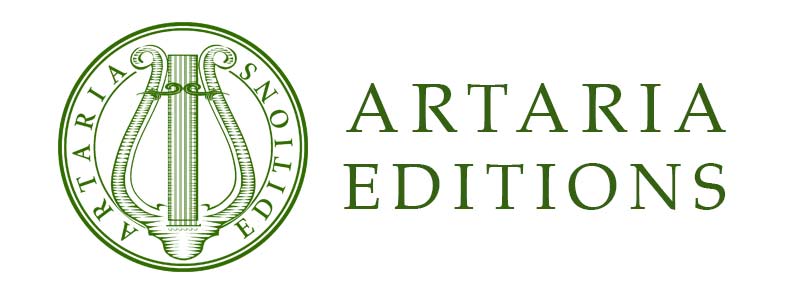






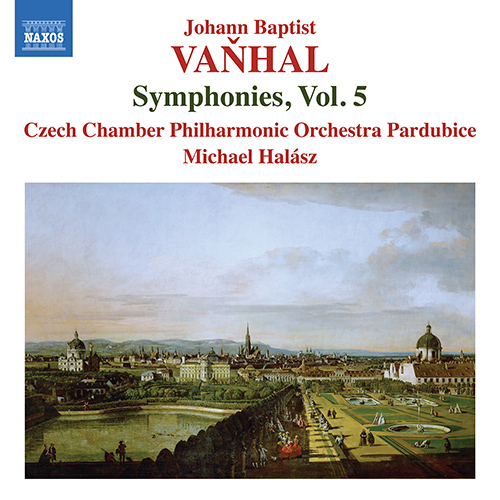
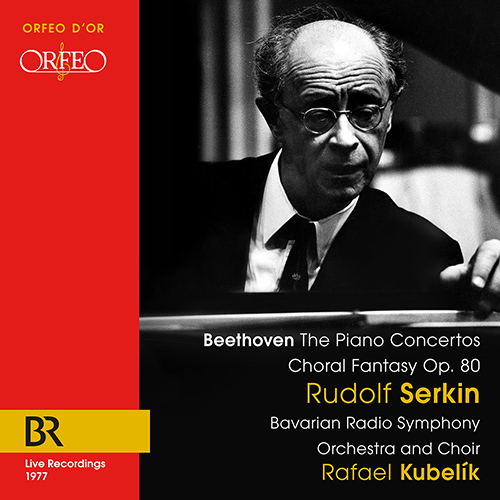
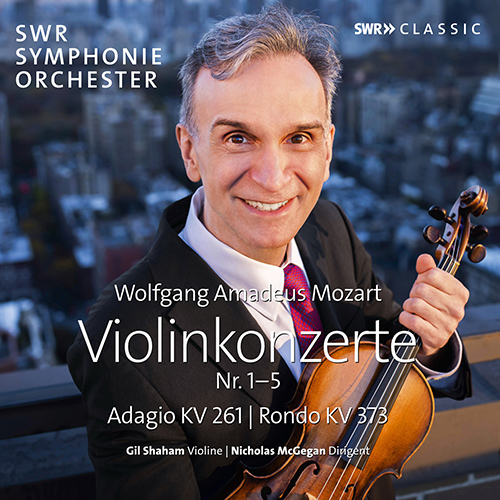

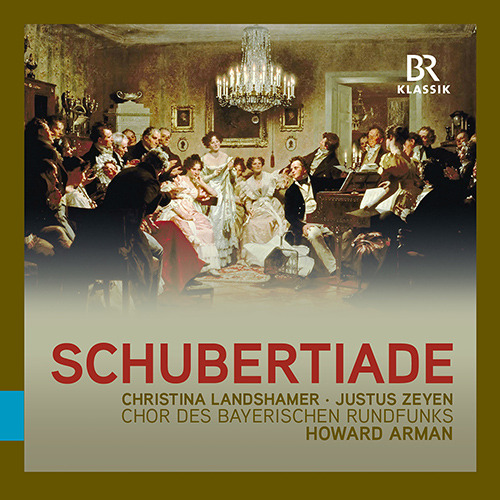
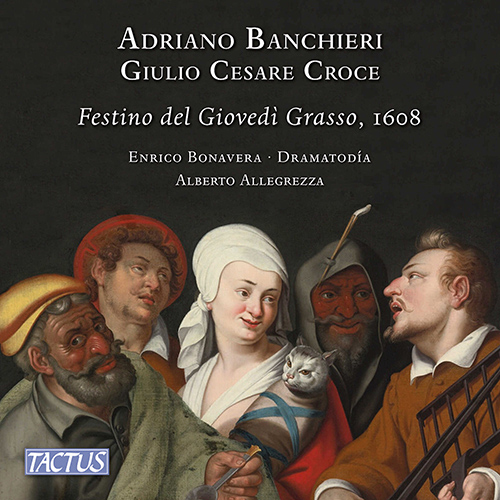
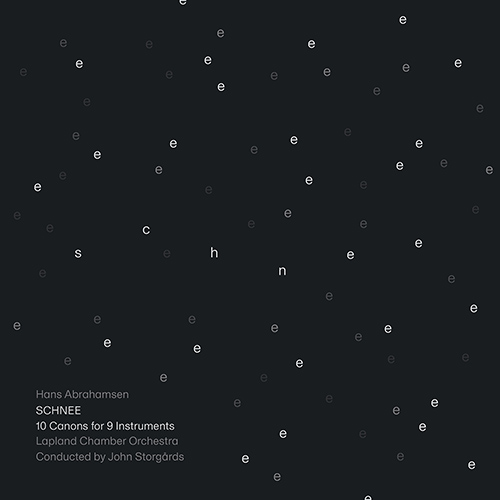

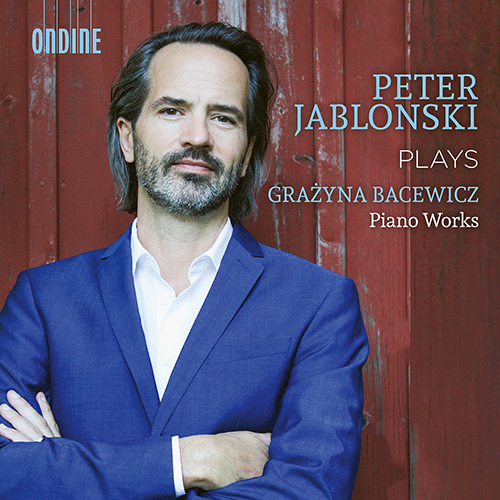
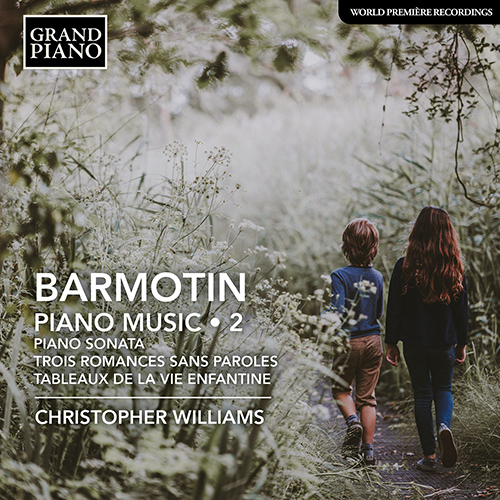

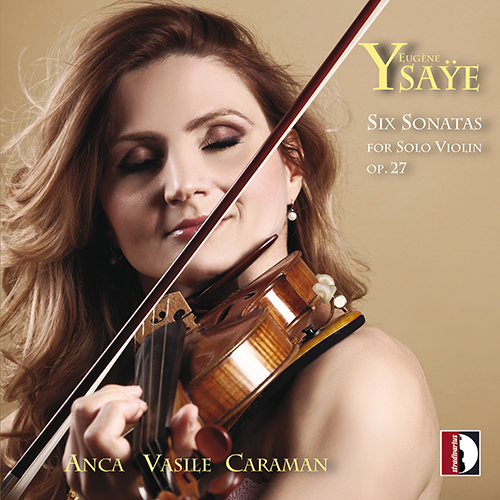

![MOZART, W.A.: Don Giovanni [Opera] (Royal Opera House, 2019) MOZART, W.A.: Don Giovanni [Opera] (Royal Opera House, 2019)](https://cdn.naxos.com/sharedfiles/images/cds/hires/OA1344D.jpg)
![MOZART, W.A.: Idomeneo [Opera] (Vienna State Opera, 2019) MOZART, W.A.: Idomeneo [Opera] (Vienna State Opera, 2019)](https://cdn.naxos.com/sharedfiles/images/cds/hires/760208.jpg)
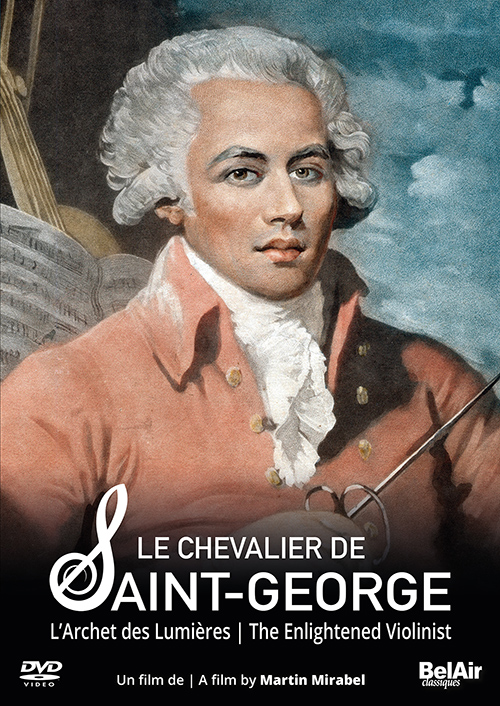
![VERDI, G.: La forza del destino [Opera] (Maggio Musicale Fiorentino, 2021) VERDI, G.: La forza del destino [Opera] (Maggio Musicale Fiorentino, 2021)](https://cdn.naxos.com/sharedfiles/images/cds/hires/DYN-37930.jpg)
![ZANDONAI, R.: Francesca da Rimini [Opera] (Deutsche Oper Berlin, 2021) ZANDONAI, R.: Francesca da Rimini [Opera] (Deutsche Oper Berlin, 2021)](https://cdn.naxos.com/sharedfiles/images/cds/hires/2.110711.jpg)

